The PDCA cycle is a process of planning, execution, evaluation, and improvement. However, although many people know the meaning of the PDCA cycle, they may not know how to specifically implement it, or what they should do at each step.
Therefore, in this article, we will explain the outline and specific examples of the PDCA cycle. We will also explain the reasons why PDCA fails and the points to succeed based on these, so please use it as a reference.
What is PDCA?
First, let’s take a quick look at the overview of the PDCA cycle.
- P:Plan
- D:Do
- C:Check
- A:Action
I will explain each in turn.
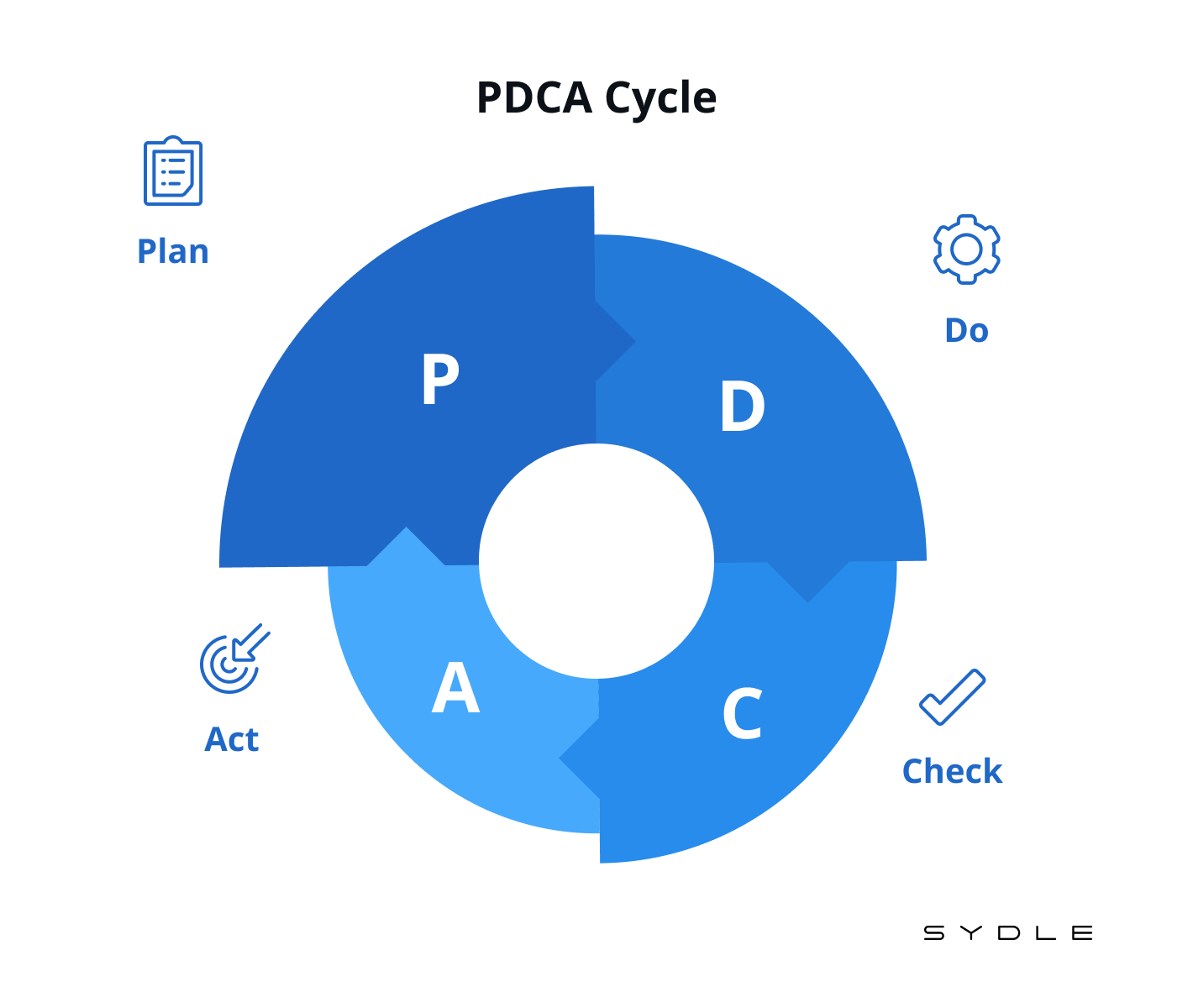
P:Plan
P stands for Plan, which means plan in Japanese. When running a business, there is always a goal to achieve, so the process is to set numerical values and deadlines for those goals. The important thing about planning is not to try to create a perfect plan from the beginning. If you try to make a perfect plan from the beginning, it will take a long time to move on to the next implementation, and as a result, you will not be able to complete the PDCA cycle.
Therefore, it is important to first decide on numbers and deadlines, and then periodically review and revise the plan while carrying out other matters.

D:Do
D stands for Do, and in Japanese it represents execution. This is the step of implementing the plan made in the above plan, and is very important in achieving sales and goals. Additionally, since you should be able to see any issues or weaknesses in your business at the same time you plan, we will proceed with the process of improving them.
The key to execution is to have clear tasks and clear deadlines. If tasks and deadlines are not clear, it will not be possible to properly analyze the numbers and lead to the next improvement. Set tasks that can be translated into concrete actions and linked to subsequent evaluations.
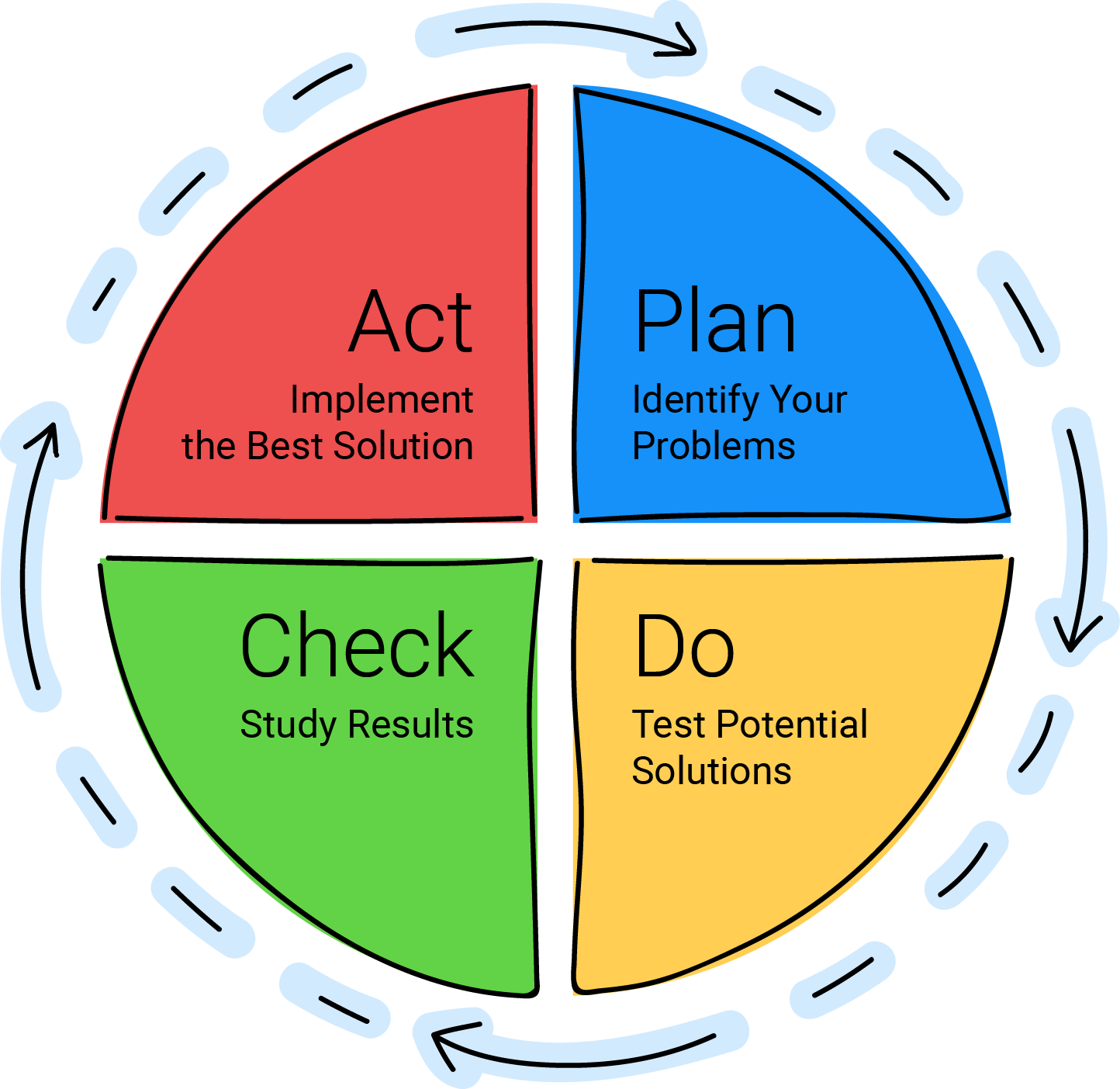
C:Check
C stands for Check, and in Japanese it represents evaluation. The process up to this point has been from planning to execution, but these have only been progressing on the temporary structures that were set up at the beginning. Therefore, it is necessary to evaluate planning and execution from a concrete and objective perspective, and to improve each.
The important thing in evaluating is to express each item numerically. For example, if you are using the PDCA cycle to sell cosmetics online as part of web marketing, you would quantify how many users accessed the site and how many actually made a purchase. In addition, for users who accessed the site but did not make a purchase, we will quantify the points on the site that made them questionable and did not make a purchase.
The reason why we quantify it is because it is difficult to use abstract reasons such as “the design was not good” to lead to the next improvement. Therefore, be sure to evaluate using concrete numbers.
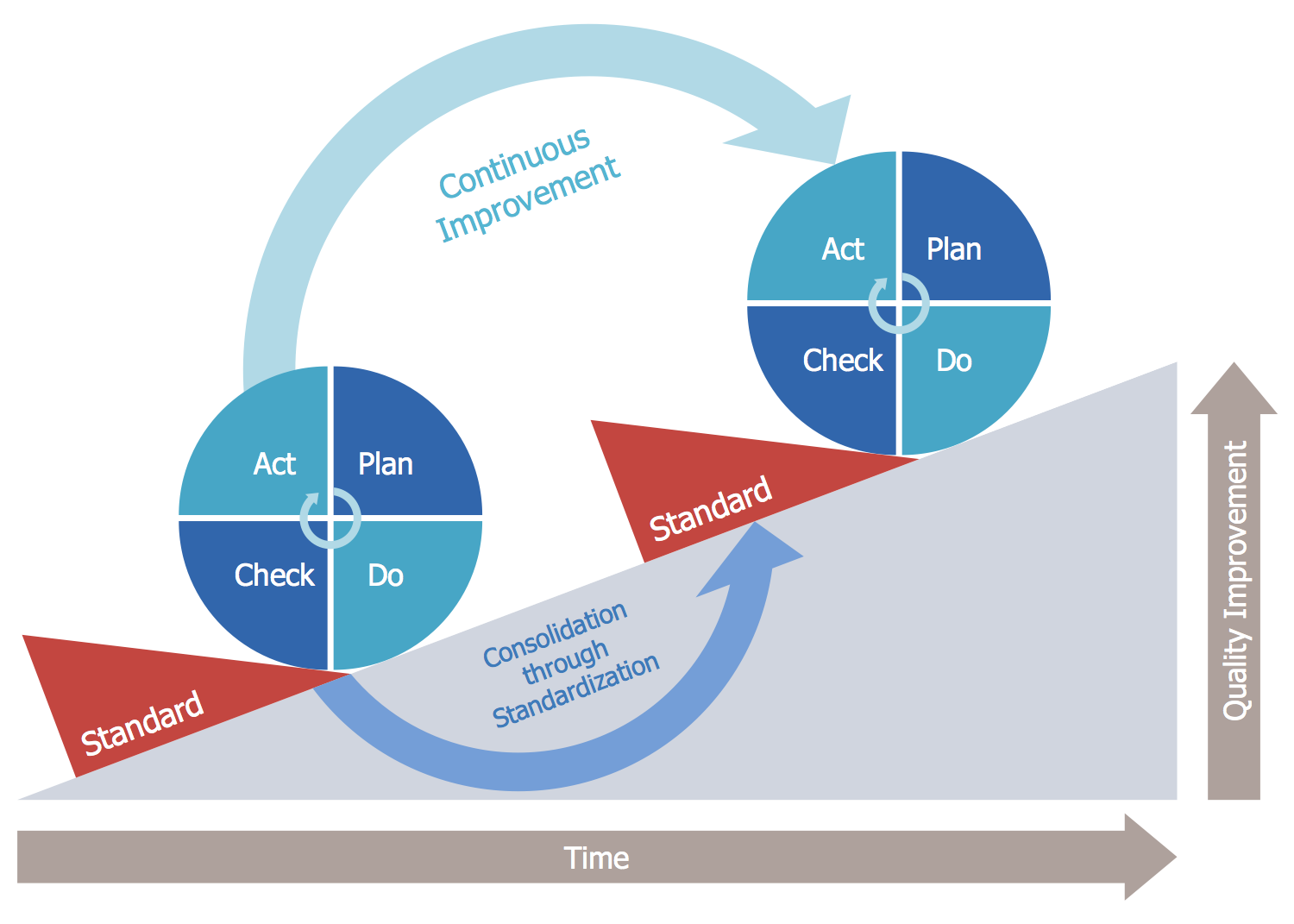
A:Action
A stands for Action, which in Japanese means improvement (adjustment). This is the step in which specific improvement proposals are made regarding the issues found in the evaluation in the previous stage. For example, if during the evaluation stage we determine that a product’s click-through rate is low, we will improve the design and modify the text around the button so that it will be clicked.
The important thing in the improvement stage is to clarify the next tasks. It is important to repeat PDCA once and for all, so it is not necessarily necessary to improve everything the first time. Start with the things that have the greatest impact on your business and achieving your business goals, and you can go back to the second time or later for the smaller details.
Also, during the improvement stage, be sure to check whether the planning, execution, and evaluation to date have been appropriate.
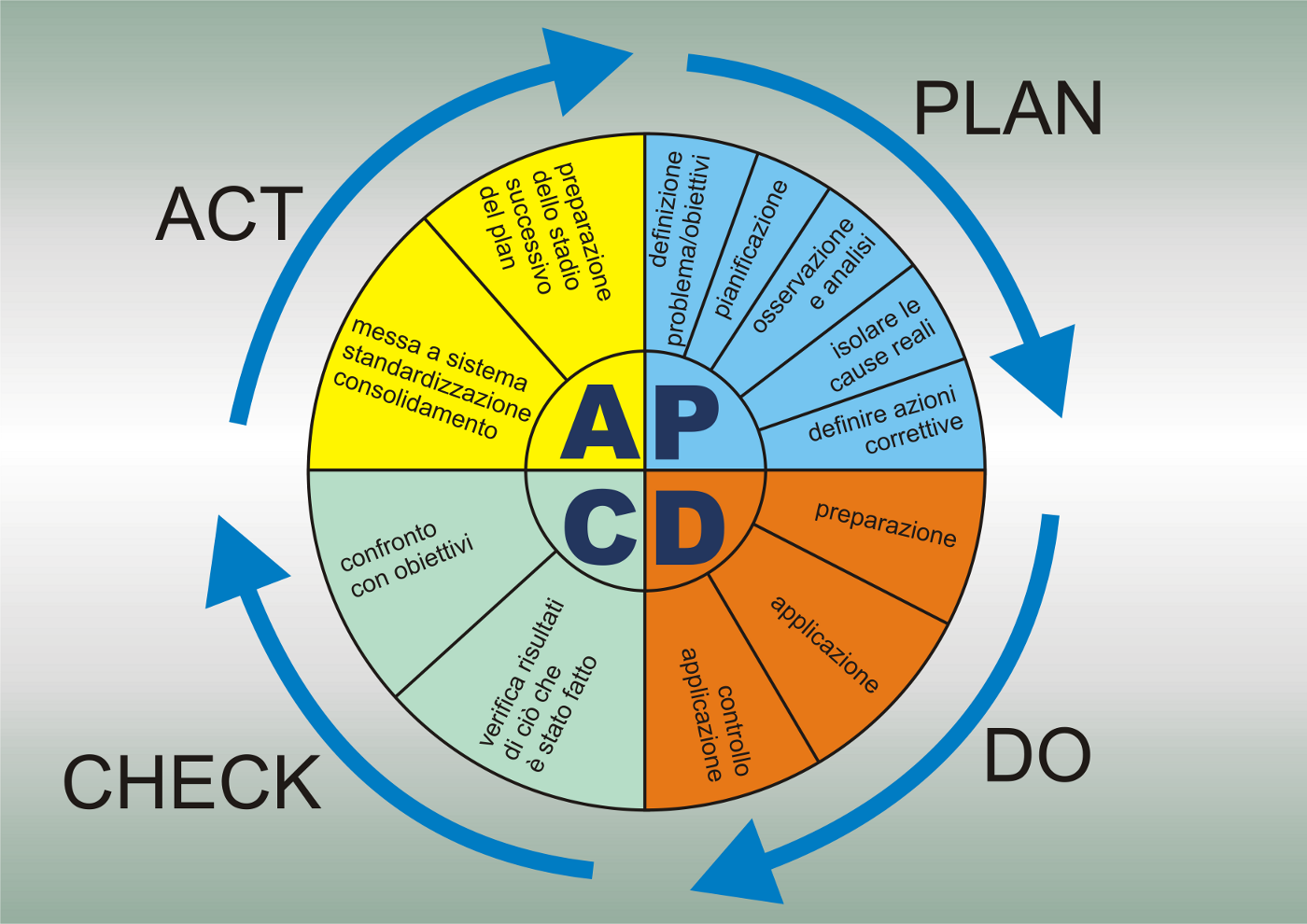
Specific example of PDCA cycle
So far, we have provided an overview of the PDCA cycle. However, many people would like to apply the PDCA cycle in more detail to their own business or environment. From here, I will explain three specific examples of the PDCA cycle.
- PDCA at work
- PDCA in life
- Corporate PDCA
Let’s look at each in turn.

PDCA at work
First, let’s look at a specific example of PDCA at work. There are a wide variety of jobs, but here I will assume that my job is to “inform a variety of people about PDCA.” In that case, the PDCA cycle can be considered as follows.
- P: Decide specifically which target you want to inform about PDCA. Also, consider how best to reach that target, how much budget you can spend each month, and how much deficit you can tolerate.
- D: Execute the reach method you set out in the planning stage. (YouTube, blog, SNS, etc.)
- C: Quantify the results obtained through execution. (Click rate, time spent, other engagement, etc.)
- A: Check to see if the desired results have been achieved for the budget. If it is not desirable, check whether the target has shifted, the budget is insufficient, or the assumptions made during the evaluation stage are inappropriate.
When implementing the PDCA cycle at work, regardless of whether you are an individual or a corporation, you are always expected to produce sales. Therefore, let’s run the PDCA cycle while checking whether each process is connected to sales.

PDCA in life
Various cases can be considered in the PDCA cycle of life. Here, we will assume that those who are weak in the morning run the PDCA cycle with the goal of getting up early.
- P: Up until now, I had gone to bed at 11pm the night before and woke up at 11am, but I was concerned that this would cause various problems, so I decided to wake up at 7am. Also, for this purpose, set an alarm every 10 minutes between 6:00 and 7:00.
- D: The night before, be sure to set an alarm before going to bed. If you hear the alarm in the morning, be sure to wake up.
- C: As a result, I could only wake up at 7am once a week. The cause was that the alarm was set every 10 minutes, which caused his body to be unable to react.
- A: I couldn’t wake up every 10 minutes, so I changed it to once every 30 minutes. Also, the night before, I’m going to go to bed an hour earlier than before I started the PDCA cycle.
The above is an example of the PDCA cycle in daily life. Life is just a matter of individual level, and there may be few cases where someone will be inconvenienced just because they don’t follow the PDCA cycle. For this reason, many people may find it difficult to continue doing it by themselves. In such cases, why not try working on it with a friend or lover?

Corporate PDCA
Various PDCA methods can be considered in companies as well. Here, we assume that there is a company that has set the goal of “eliminating paper materials” in light of the current situation where telework is progressing.
- P: It has been decided that each employee can use up to one paper document per month. Always use online tools other than paper materials.
- D: Execute the above.
- C: Evaluate whether one document per month is really sufficient. Also, if there is not enough, analyze why it is not enough.
- A: We analyze that the reason for the shortage is that contracts are made on paper. Therefore, consider switching to cloud contracts for contracts as well.
The way people think about modern materials is changing, and I think we will gradually reach an era when paper is no longer necessary. Therefore, it may be a good idea to try the above as the first PDCA cycle that your company undertakes.
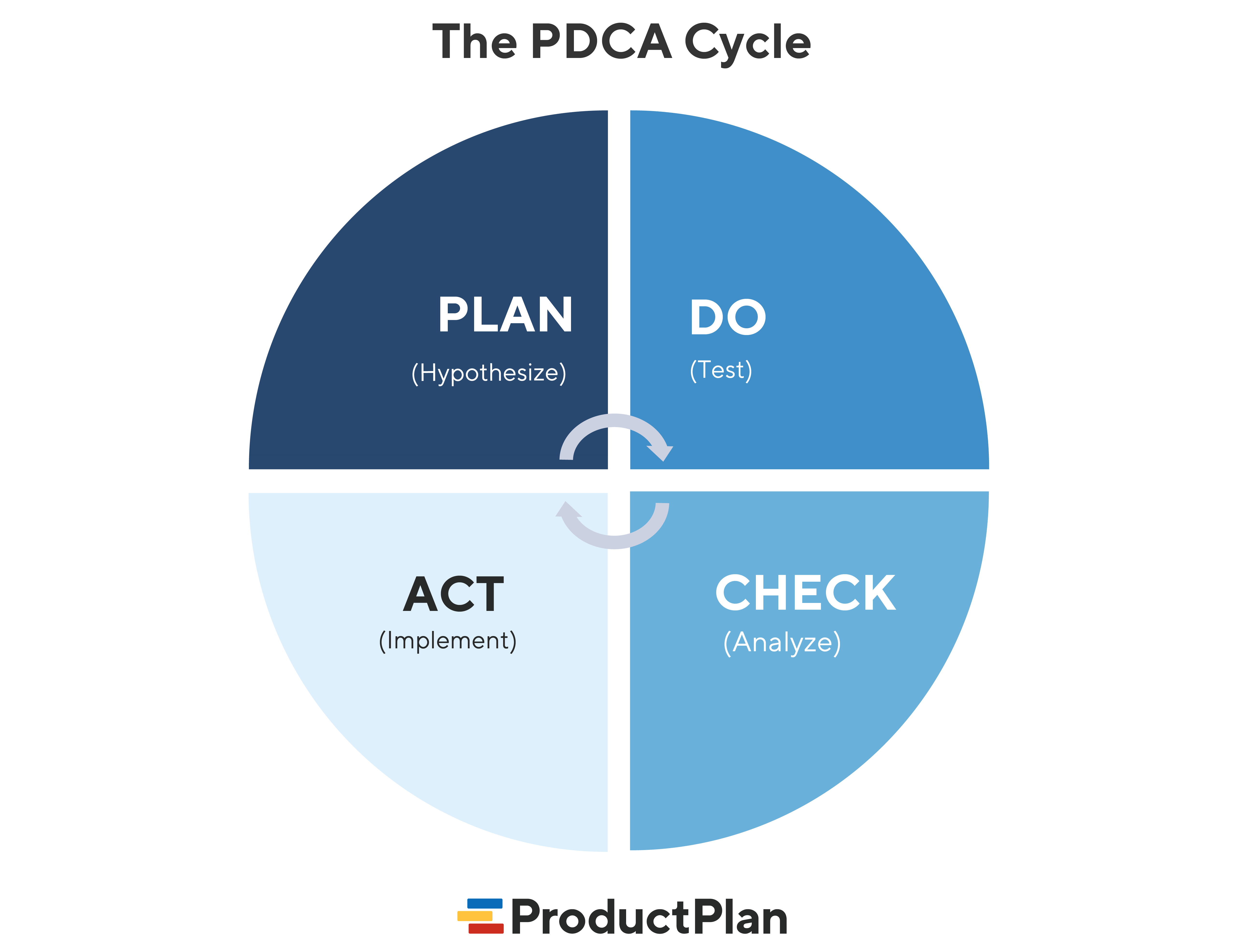
Reasons why PDCA fails
Up to this point, we have explained the outline and specific examples of the PDCA cycle. From here, I will explain three reasons why PDCA fails.
- Too focused on execution and unable to improve
- The planned figures are off as a premise.
- I don’t have time to check because I’m busy with work.
Let’s look at each in turn.
Too focused on execution and unable to improve
The PDCA cycle produces results only if everything is done properly, so focusing only on execution will not produce good results. Therefore, focusing too much on implementation and not making improvements is putting the cart before the horse.
At the planning stage, identify all tasks after execution and try to avoid focusing only on execution.
The planned figures are off as a premise.
In the first place, if the numbers in the plan are off, there is no way things will go well after execution. Therefore, consider bringing in an outside consultant at the planning stage, although it may cost a little more. As a result, if the planned numbers deviate, everything after execution will be wasted, so you need to put the most effort into the preparation stage.
I don’t have time to check because I’m busy with work.
Finally, another cause of failure is that even though a plan has been made and executed, due to lack of human resources, they are so busy with practical tasks that they do not have time to check it. Only through evaluation can you make improvements, and if you can’t make improvements, you won’t be able to plan for the next time. Therefore, it is important to create a system that does not overwhelm you with practical work.

In order to make PDCA successful
Earlier, I explained the reasons why the PDCA cycle fails. From here, I will explain two points to make the PDCA cycle successful.
- Make a detailed plan before executing
- Analysis takes time and is done by multiple people.
I will explain each in turn.
Make a detailed plan before executing
First, make a detailed plan before you start implementing it. In addition to identifying all tasks after execution, we also identify bottlenecks in achieving the plan and create a plan to improve them. It is no exaggeration to say that if the plan goes wrong, everything after execution will fail, so it is necessary to spend a lot of time on planning.
Analysis takes time and is done by multiple people.
Next, it is important that the analysis be conducted by multiple people. This is because analysis from one person’s perspective may lack an objective perspective, and as a result, improvements may not be successful. Therefore, be sure to conduct evaluations with multiple people and work on the premise of identifying areas for improvement from each perspective.
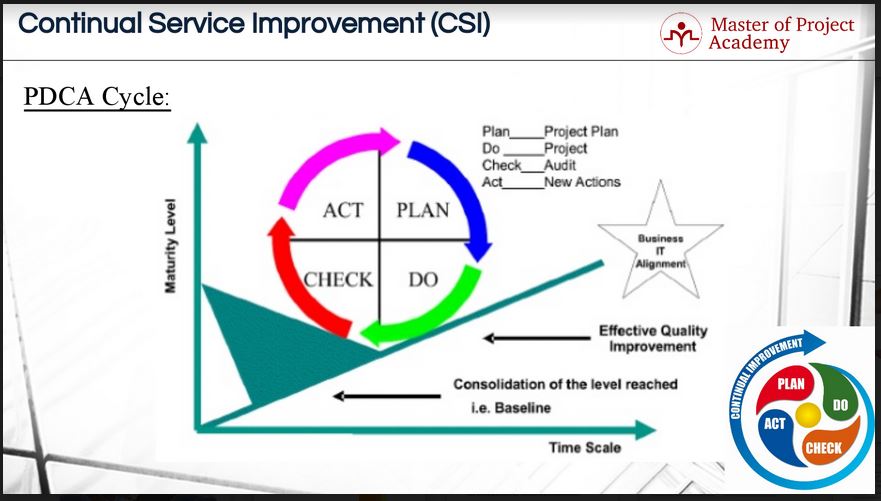
summary
In this article, we have explained the outline and specific examples of the PDCA cycle. The PDCA cycle tends to fail if you are too focused on the implementation and fail to make improvements, or if you are too busy with practical tasks and do not have time to check. Therefore, it is necessary to make a detailed plan in advance and have multiple people conduct the analysis.
Why not start by creating a plan that fits your current situation?

